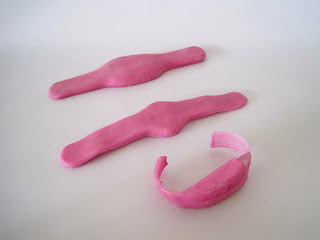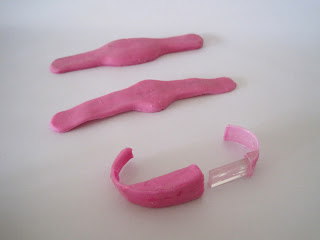 |
| Final water pot assembly image. |
The pot will sit on the center of the base with a series of LED's around it. The weight of the glass and the wide opening makes sure that the pot is stable while still rotating in response to the painters. The rubber dials one the side are there for the users to choose who they are sending and receiving to.
The base has a 1mm recess in the top of it so that it is flush with the curved edges of the base.This recess has been painted white so that the light reflected is pure and allows for the users to see more of the colour that is output. The top of the base also has recesses for the wheels and for the servo motor.
Borosilicate glass will be used for the pot for multiple reasons. One is that is has a great clarity and reflective value which is hard to get with a lot of plastics. Also painters use different cleaning agents according to the type of paint they use and some of these would damage a plastic pot. Therefore we decided on glass and it also give the product a sense of quality and durability. The pot will be manufactured by pressing due to the shape of the pot. The outside top section of the pot will be sand blasted to allow the pot to glow if not moving as can be seen here.
Wristband design one. The band is coated in white silicone. It can be wiped down after using it and therefore the way it is assembled will ensure it is water resistant.
The two parts of this design allow the user to change the batteries whenever they want. The fact that it sits so far into the band it means that it will be water resistant. This silicone band has mild steel inside so that each user can squeeze the band onto the users arm.
I redesigned the wristband because i wasn't really happy with the previous solution. As can be seen in the above image, the previous band was in two parts and i'm not sure it would have been suitable to every user. This new wristband is really simple, like the rest of the product and it also can be put on with one hand. It also ensures that it fits any size wrist. The end of the band has a cap that can be removed and then plugged via usb into the computer to recharge.


















































